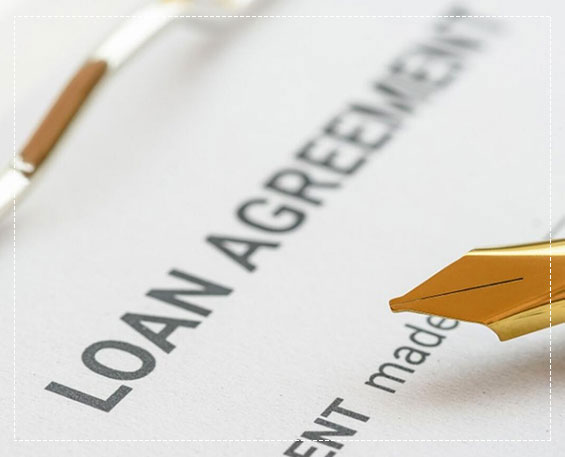Business
As the business owner it is important to consider where the business working capital is best spent, such as paying debtors, advertising, purchasing more inventories, or even investing to achieve a greater rate of return than the interest charges of financing.
Going down the financing route can be cost-effective, and with expert advice it can also be pain-free when it comes to paperwork.
It’s important to get advice to support your decision.
With interest rates at an all-time low, the decision between paying cash and financing business assets should be an easy one. We will support you through the process to ensure you get the best deal for you and your business

Equipment Finance
Companies the world over are often faced with the costly requirement for equipment, such as setting up an office, computers or laptops, phones, to farm machinery or staff cars, depending on the nature of the business.
However, with the number of financing options on the rise, many business owners are turning to funding these purchases rather than paying cash.
Financing, rather than buying outright, enables businesses to take advantage of two key benefits: greater control of cash flow and working capital, as well as various tax benefits.
Equipment finance is a useful way for businesses of all sizes to finance the purchase of any type of machinery, equipment or vehicles needed to fully operate their business.
It’s important to consider that lenders will use the equipment itself as collateral against the loan and will repossess the equipment if the lender fails on payments.
Cash Flow
Positive cash flow is driven by two things: organization and planning.
Let’s start with setting your baseline.
- Look at the cash you have in hand, this could be money you’ve invested in the business, cash in the business bank account, loans that you’ve received, or an investment from a partner.
- Make a list of all the one-time start-up expenses that you have paid or expect to pay.
Consider incorporation fees, legal and accounting, licenses and permits, construction or remodelling, a security deposit on a rental agreement or purchasing property, marketing materials, and signage, initial inventory or supplies, fixtures like cash registers, office supplies, furniture, equipment. - Determine your monthly expected cash sources.
What do you have in the way of projected sales, loans, investments from partners or other investments?
As a new business it is best to project sales conservatively and outperforms to create a greater cash flow.
As an established business you can reflect on your sales history to create an understanding of expected future sales. - Assess your monthly expenses.
Consider your rent or mortgage, insurance, advertising, marketing, website hosting, travel, utilities, payroll, inventory, taxes, loan payments, working capital, and last but not least paying yourself!
Establishing your bottom line and reviewing it regularly is crucial for you to make the best decisions for the growth potential within your business.
Term Loan Facilities
A term loan is a loan from a bank for a specific amount that has a specified repayment schedule and either a fixed or floating interest rate. This may be appropriate for an established small business with sound financial statements. However, it may require a substantial down payment to reduce the payment amounts and the total cost of the loan.
A facility is a formal financial assistance program offered by a lender to assist a company that requires operating capital. Some types of facilities include overdraft services, deferred payment plans, lines of credit, revolving credit, term loans and letters of credit.


How Does a Term Loan Work?
A term loan is usually for equipment, real estate, or working capital paid off between one and 25 years and a small business can use the cash to purchase fixed assets, such as equipment or a new building for its production process. Some businesses borrow the cash they need to operate from month to month. Many lenders have established term-loan programs specifically to help companies in this way.
The term loan carries a fixed or variable interest rate, a monthly or quarterly repayment schedule, and a set maturity date. When the loan is used to finance the purchase of an asset, the useful life of that asset can have an impact on the repayment schedule. The loan will require collateral and a rigorous approval process to reduce the risk. However, term loans generally carry no penalties if they are paid off ahead of schedule.
The Enhanced Process
- Step 1: Understanding your needs
- Step 2: We work out how much you can borrow to make sure you're that not over committing
- Step 3: Calculate the required deposit, loan, purchase and/or refinance costs
- Step 4: Track down the best possible loan options through our extensive network of lenders to make sure you get the right deal
- Step 5: Finalise the loan so you can purchase the property as quickly as possible
- Step 6: Ongoing support to ensure your financial wellness
After we have successfully secured your finance, we stay with you with advice and support. We regularly review your progress to make sure you stay on the right track.

We are here to support you so please call...
Our Accreditations & Trusted Relationships


If you have any finance related queries
Book a Consultation
When’s good for you?










